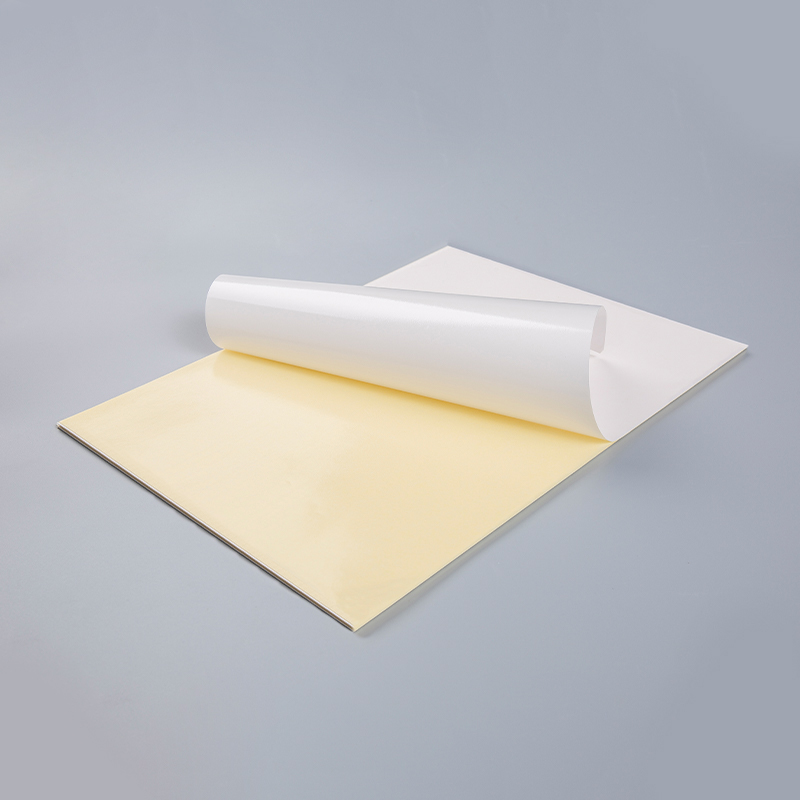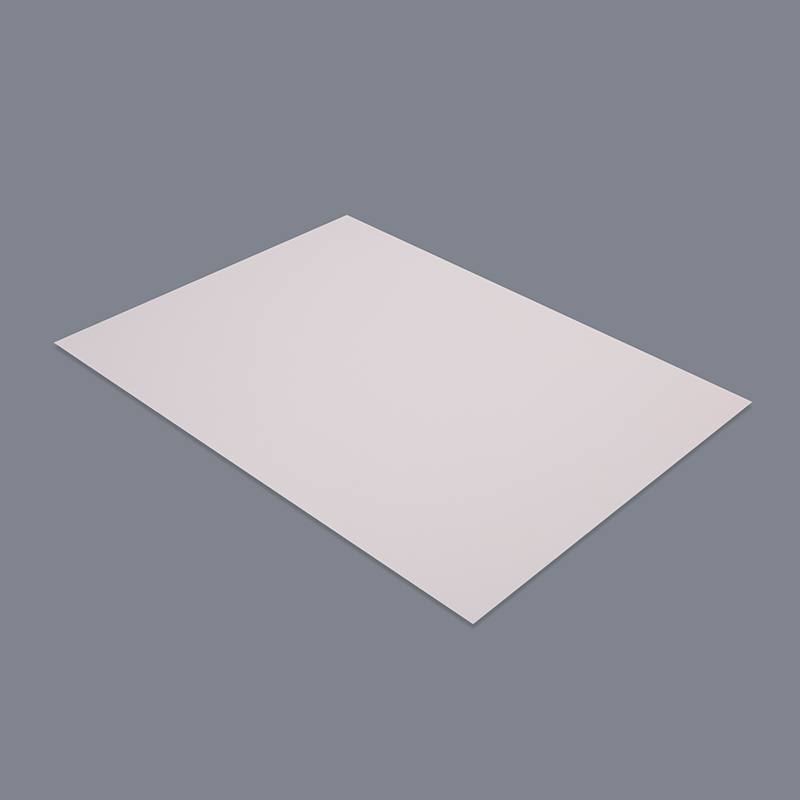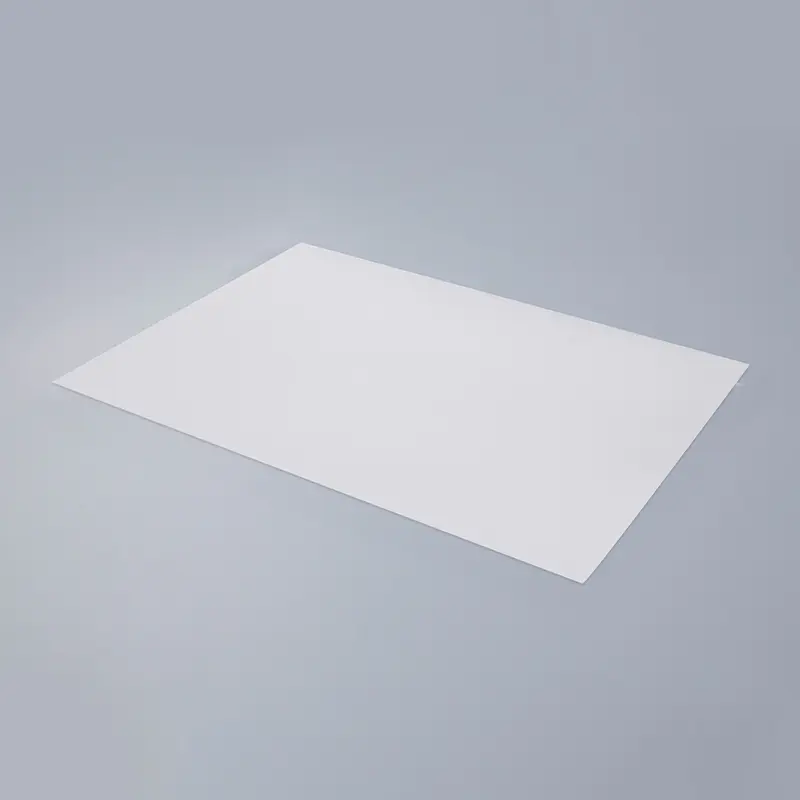Self-adhesive PVC film revolutionizes interior design, signage, and industrial applications by combining durability with effortless installation. This pressure-sensitive material features a polyvinyl chloride layer bonded to adhesive backing, protected by a silicone-coated release liner. Unlike traditional laminates, it enables rapid transformation of surfaces without specialized tools – making it indispensable for architects, retailers, and manufacturers seeking cost-effective, high-impact solutions.
Core Composition and Manufacturing
Self-adhesive PVC film comprises three engineered layers:
-
PVC Face Stock (0.08–0.8mm thickness):
-
Calendered PVC: Budget-friendly, ideal for flat surfaces (80–150 microns).
-
Cast PVC: Superior conformability for curves (0.3–0.5mm).
-
-
Adhesive System:
-
Permanent Acrylic: Resists UV/chemicals, 5–10 year lifespan (indoor).
-
Removable Rubber-Based: Leaves no residue, repositionable.
-
High-Tack Industrial: Bonds to concrete/textured metals (30–40 N/cm² peel strength).
-
-
Release Liner:
-
Glassine paper or PET film (for automated application).
-
Manufacturing involves extrusion coating adhesive onto PVC, cured under UV light. Premium films add:
-
Scratch-resistant topcoats
-
Anti-graffiti overlaminates
-
Conductive layers for EMI shielding
Technical Specifications
| Property | Standard Range | Premium Grade |
|---|---|---|
| Thickness | 80–500 microns | 600–800 microns |
| Adhesion Strength | 12–20 N/cm² (steel) | 25–40 N/cm² (textured) |
| Temperature Resistance | -20°C to +70°C | -40°C to +120°C |
| Fire Rating | Class B (DIN 4102) | Class A (ASTM E84) |
| Warranty | 2–5 years (indoor) | 10+ years (outdoor) |
Top 10 Commercial Applications
-
Retail Interiors:
-
Cabinet wraps, countertop finishes, and decorative columns.
-
-
Architectural Cladding:
-
Cost-effective alternative to solid surfaces for soffits and feature walls.
-
-
Transportation:
-
Bus/train interior panels, aircraft galleys (FAA-compliant grades).
-
-
Signage & Branding:
-
Vehicle graphics, window decals, and POS displays.
-
-
Healthcare:
-
Antimicrobial wall films (ISO 22196 certified).
-
-
Industrial Equipment:
-
Control panel overlays with chemical resistance.
-
-
Furniture Manufacturing:
-
Edge banding, table surfaces, and exhibition stands.
-
-
Marine Interiors:
-
Moisture-resistant cabinetry finishes.
-
-
Renovation:
-
Resurfacing tiles, laminate countertops.
-
-
Clean Rooms:
-
Static-dissipative films for electronics manufacturing.
-
Advantages vs. Traditional Materials
-
Installation Speed: 70% faster application than liquid coatings.
-
Cost Efficiency: 40–60% cheaper than solid surface alternatives.
-
Design Flexibility: Digital printing achieves photographic quality.
-
Sustainability: Recyclable films (e.g., Reborn™ by 3M) reduce waste vs. demolition.
-
Non-Disruptive: Applied over existing surfaces without downtime.
Surface Compatibility Guide
| Surface Type | Preparation Required | Recommended Adhesive |
|---|---|---|
| Plywood/MDF | Primer sealing edges | High-tack acrylic (25 N/cm²) |
| Painted Drywall | Degrease, fill imperfections | Removable adhesive |
| Stainless Steel | Solvent wipe (isopropyl alcohol) | Permanent acrylic |
| Glass | Ammonia-free cleaner | Crystal-clear adhesives |
| Textured Concrete | Shot blasting | Epoxy-modified adhesive |
Installation Best Practices
-
Surface Prep:
-
Clean with isopropyl alcohol (≥99% purity).
-
Sand glossy surfaces to 120-grit roughness.
-
-
Application Tools:
-
Squeegees (60–70 Shore hardness)
-
Felt-edged application cards
-
Heat guns (60–90°C for contours)
-
-
Techniques:
-
Hinge Method: Peel 10cm liner, align, then gradually smooth.
-
Wet Application: Spray soapy water for repositioning large panels.
-
-
Post-Installation:
-
Roll edges with J-roller (5kg pressure).
-
Cure 72 hours before cleaning.
-
Leading Global Suppliers
-
3M™ DI-NOC™: Architectural films with wood/stone textures.
-
Avery Dennison®: Supreme Wrapping Film for vehicles.
-
Hexis S.A.: Cast films for complex curves.
-
Orafol: Anti-graffiti solutions.
-
Arlon Graphics: Marine-grade films.
Sustainability & Compliance
-
Certifications:
-
REACH SVHC compliance
-
LEED MR Credit 4.2
-
Greenguard Gold for indoor air quality
-
-
Eco-Innovations:
-
PVC-free alternatives (polyolefin-based)
-
Closed-loop recycling programs
-
Phthalate-free plasticizers
-
Cost Analysis
| Type | Price/Sq. Meter | Best Use Case |
|---|---|---|
| Economy Calendered | $3–$8 | Short-term indoor signage |
| Mid-Range Cast | $10–$25 | Retail interiors, furniture |
| Premium Architectural | $30–$100 | High-traffic commercial walls |
Future Innovations (2025+)
-
Self-Healing Films: Scratch-repairing topcoats.
-
Smart Films: Integrated capacitive touch sensors.
-
Thermochromic Inks: Color-changing temperature indicators.
-
Photocatalytic Coatings: Air-purifying surfaces.
Conclusion: The Strategic Advantage
Self-adhesive PVC film delivers unprecedented versatility across industries, combining rapid installation with high-performance durability. For architects, it enables complex designs without custom fabrication. Manufacturers reduce production costs while offering customizable finishes. Facility managers solve maintenance challenges with replaceable surfaces. When selecting films, prioritize cast PVC for curved substrates, verify fire certifications for commercial spaces, and leverage digital printing for limitless branding potential. This technology transforms surfaces from static elements into dynamic assets.

 English
English Español
Español русский
русский Français
Français عربى
عربى











